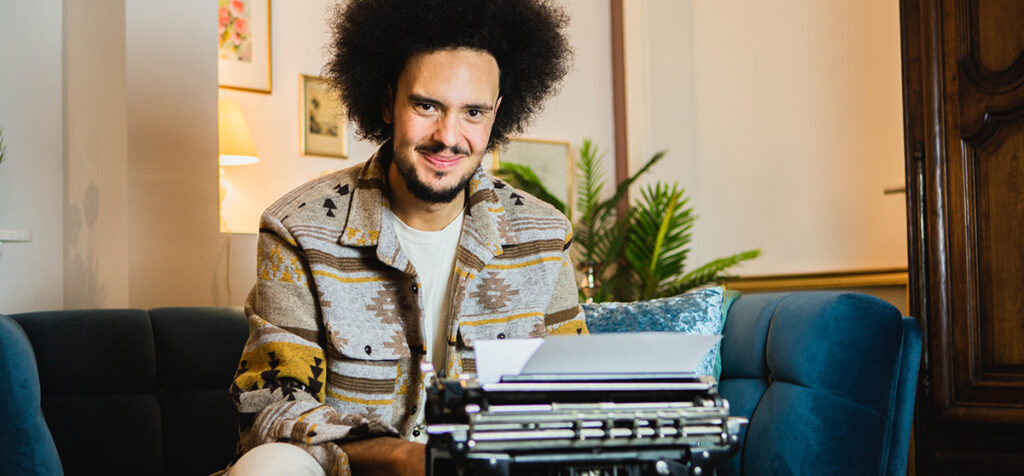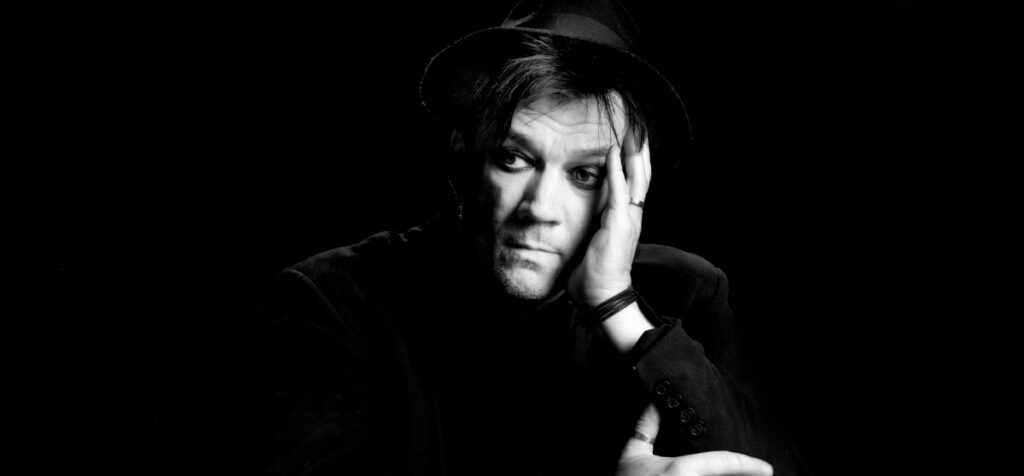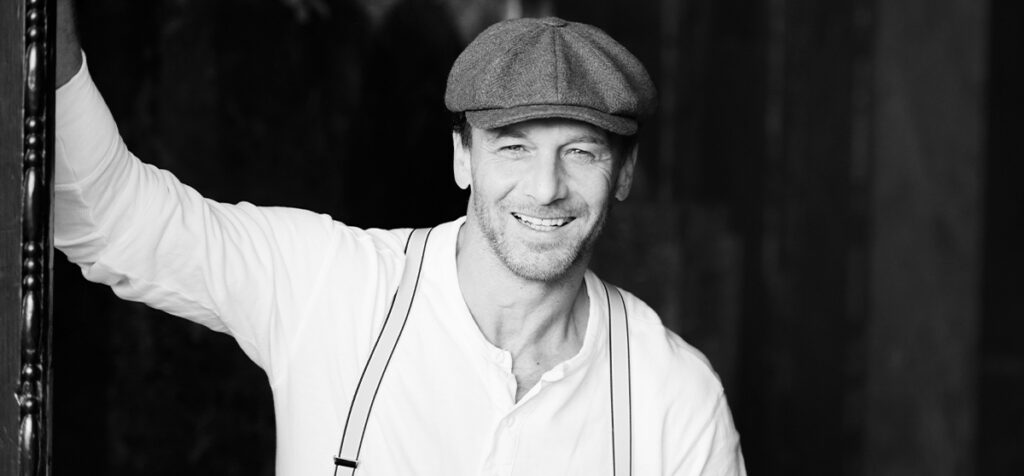This article provides an overview of the general principles applicable to photographic copyright. Copyright should be considered when creating a cover artwork, a social media or a blog post. Nowadays, there are several platforms on the internet where you can download pictures, and you can always take good pictures with your smartphone. That does not mean though that you can use these pictures to your heart’s content.
Photographic copyright is a complex subject matter. Before using an image, you should first be sure that you have the right to use it.
That means you have a lot of research to do, but in this way you will avoid unpleasant consequences.
The following rights must be considered:
It is not all about the author of a picture – there are several rights to be taken into account. There are copyrights attached to the photographer and to items (e.g. architectural works or artistic works) that are protected by copyright, rights of reproduction and distribution, personality rights of people shown in a photograph, property rights of objects, real estate or intellectual property.
What does that mean for you?
When taking or using photographs, the best way to protect oneself against lawsuits is to be sure you are authorized to take a photograph of a person/an item you want to photograph. If you own the copyrights to a photograph, then you can use it freely. However, keep in mind that if you put your photographs online, they could be copied and used by everyone.
Before you download stock photos from the web, you should first read a website’s terms of use. Sometimes, photographers and websites have to be mentioned – it is almost impossible to use an image without mentioning this information.
There are websites though where you can find royalty-free pics – images that have been tagged with license like Creative Commons (CC0) or are public domain. You can use these pictures for anything you like.






